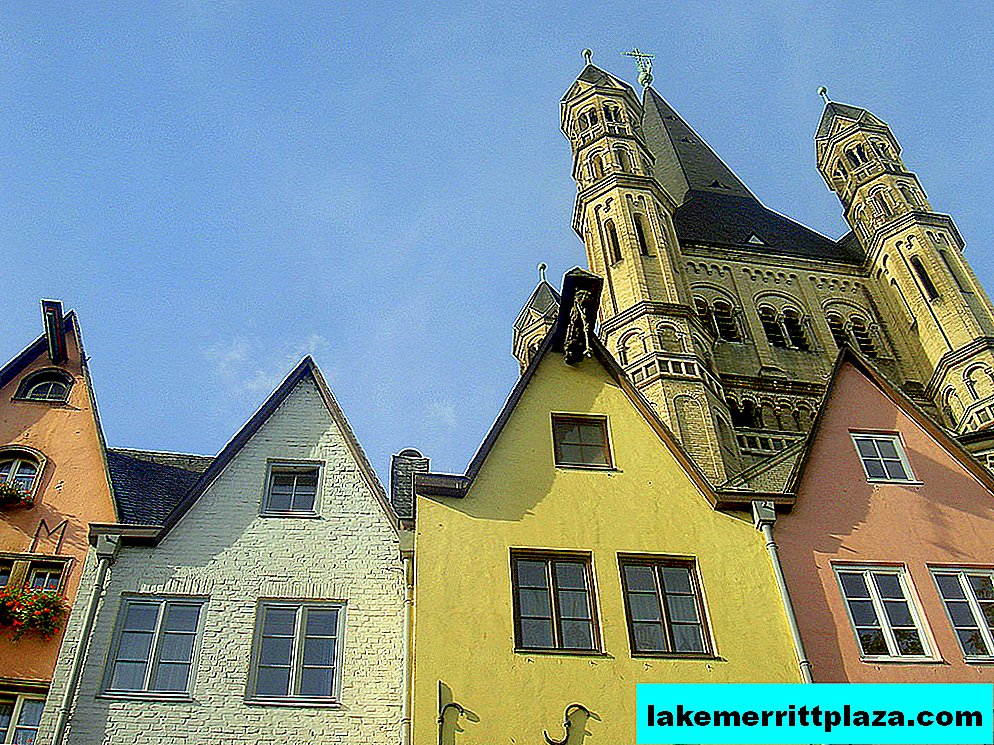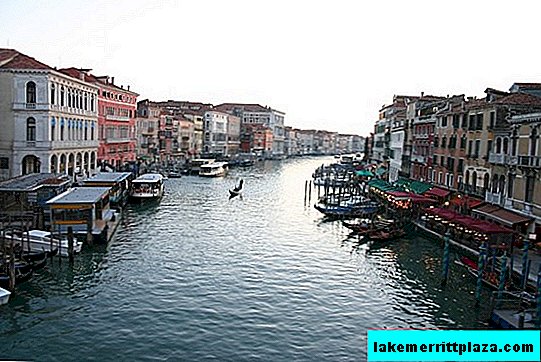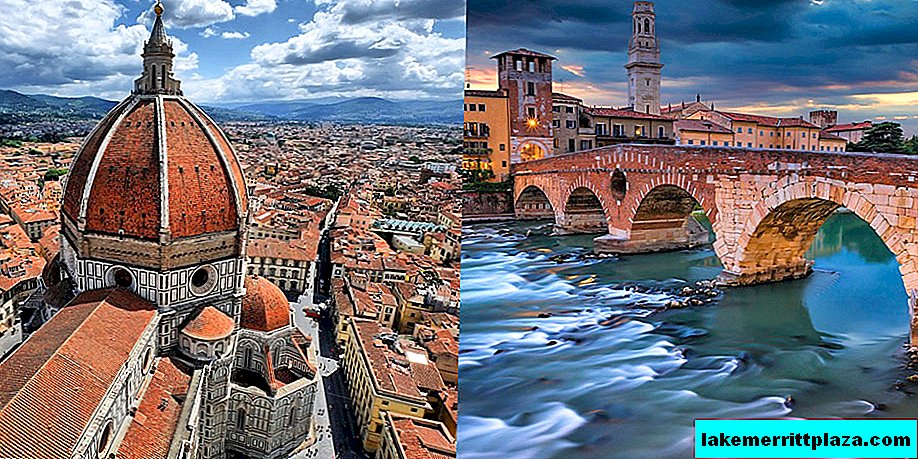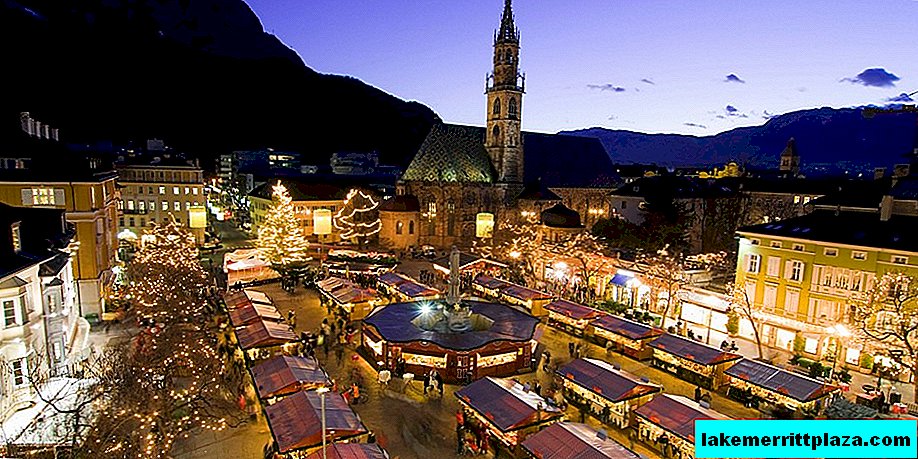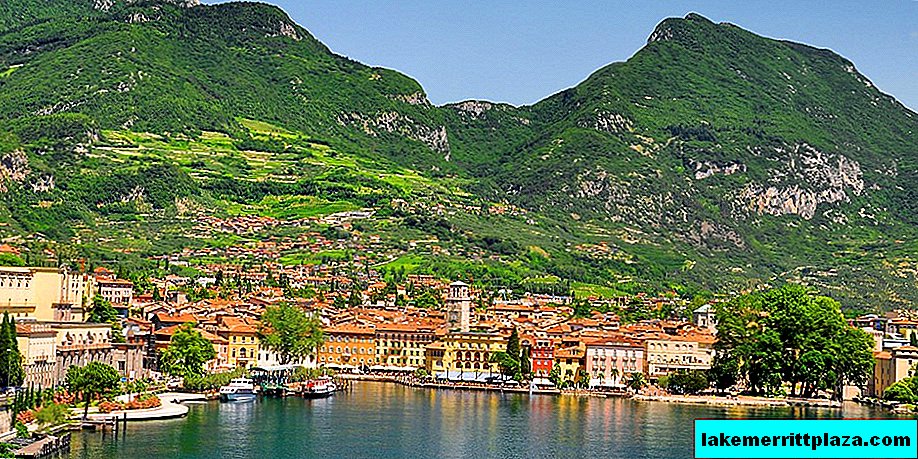Italy is a country with a very long winemaking tradition. Italians claim that the first vine appeared in the country around 1000 BC, therefore, Italian winemaking has been more than three thousand years old. Italy’s lands seem to have been specially created for growing grapes — a mild climate, a landscape that changes every few tens of kilometers, mountain ranges that protect the vineyards from the cold northern air. No wonder the Greeks - the first winemakers of the Apennine Peninsula - called this country Enotria - "land of wine."
For many centuries, making wine in the regions of Italy was only a traditional peasant practice, and wine itself was a usual addition to food, something like water or tea. During the Middle Ages, monasteries and small farms were engaged in winemaking, again, mainly for their own needs. And only by the middle of the 20th century, Italian winemaking took a new direction, taking a leading place among the world's elite wine producers.
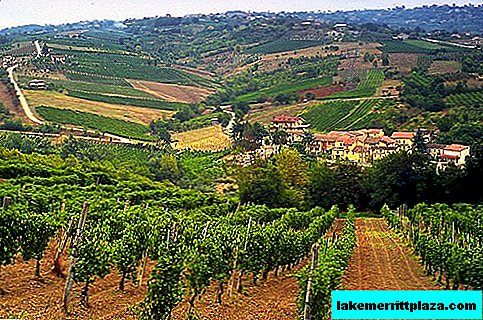
Italian lands seem to be created for growing grapes
Almost every region of Italy produces its own wines having a unique taste due to the difference in climatic and weather conditions, as well as different sets of grape varieties. True wine connoisseurs have long identified their favorite regions of Italy, where it makes sense to go in search of new tastes - they will be discussed.
Piedmont
Piedmont, located at the foot of the Alps, is one of the largest wine regions of the country. It grows the famous Nebbiolo grape variety, which is the basis for the famous Gattinara, Barolo and Barbaresco wines. The name of the variety comes from the word nebbia - fog. This is due to the appearance of berries covered with a whitish velvety coating, as well as the weather characteristics of the region - in September, when the grapes ripen, in the mornings there are strong fogs that provide high humidity, ideal for growing the vine.
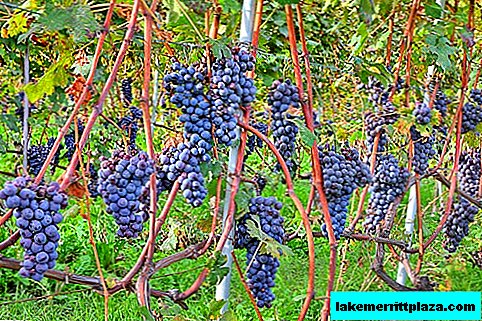
Grapes in Italy have always been of high quality
This region produces mainly red wines, perfectly complementing the rich and rich Piedmontese cuisine. No less famous in the world are the white wines of Piedmont, obtained from Asti Spumante and Cortese grapes - moderately sweet, they are well suited to any desserts. But perhaps the most famous Piedmontese wines are the vermouths of the Martini & Rossi distillery located in Turin, produced since 1863.
In the 80s of the last century, a network of wineries was organized in the region, organizing thematic conferences and wine tastings, annually attracting the attention of about half a million tourists interested in winemaking. Vinotheques are located in castles or historic residences, which organize wine museums, tasting rooms, restaurants with traditional Piedmontese cuisine.
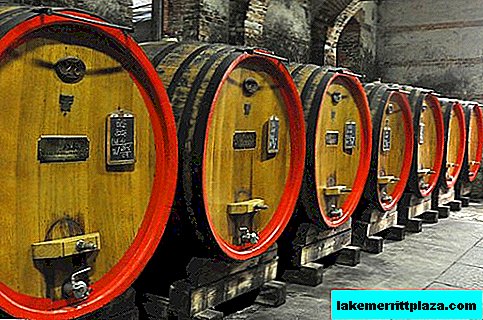
Vinotheques are located in castles where tasting rooms and wine cellars are organized.
It should be noted that Piedmont is known not only as a wine-growing region, there is also the longest Italian river Po, as well as the Gran Paradiso and Monte Rosa - one of the highest mountain peaks in Europe. On the territory of Piedmont there are more than 50 nature reserves and regional parks, excellent ski resorts that are not inferior to the French Alps in their natural conditions, as well as many thermal springs.
Tuscany
Charming Tuscany, whose landscapes with hills and valleys covered with vineyards, small red-brown houses and green groves, have already become classic, located in the central part of the country. Here, grape varieties such as Sangiovese are grown, from which excellent red wines with a pleasant velvety structure and a pronounced fruity aroma are obtained, and Trebbiano is a white grape, the wines of which are light, characteristic acid and low in sugar.
The most famous Tuscan wine is Chianti (Chianti), made on the basis of Sangiovese grapes. Creator Chianti - Baron Bettino Ricazoli - Minister of Tuscany, who later became Prime Minister of Italy. It was he who composed a delightful bouquet of the famous wine - tart and, at the same time, tender, with a pleasant acidity and light notes of wild cherries, violets and wild berries. Chianti used to be bottled in pot-bellied two-liter bottles braided with straw, which were used to seal olive oil and paper wads. Today, self-respecting wine producers do not use such bottles.
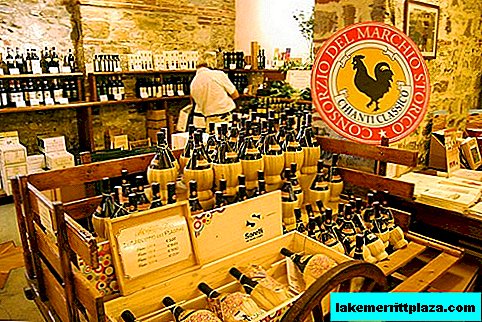
Chianti used to be bottled in two-liter pot-bellied bottles braided by straw
It stands out among the wines of Tuscany and Vin Santo (Holy wine) - a dessert white wine, characterized by an unusual way of production. Trebbiano grapes are harvested only after full ripening, dried on a straw or wooden floor almost to the state of raisins, and only then grape must is squeezed, which is kept in wooden barrels for at least three years. The result is an excellent wine with the aroma of nuts, vanilla and dried fruits.
In addition to winemaking in Tuscany, horticulture and floriculture, as well as the production of olive oil, flourish, oil from Lucca, an ancient city located in the northern part of the region, is especially valued.
Campaign
Campania is the most beautiful region of Italy, located in the south of the country. The wines of Campania are considered the oldest - winemaking existed here even before the arrival of the Romans, and the grapes grown were of such high quality that even more developed Greece used it to produce their wines. A significant part of the cultivated land in the region is occupied by vineyards.

September humidity in Piedmont is ideal for the vine.
The lion's share of all the wines produced in Campania is occupied by white wines - grape varieties Greco, Fiano and Aglianico are grown for their production. Great wine made from Greco grapes Greco di Tufo - one of the brightest Italian wines.
Another oldest grape variety grown in Campania is the red Aglianico. From this grape, Taurasi wine is obtained - dark, rich, with aromas of resin, earth and blackberry. Wines Taurasi, regardless of whether they have been bottled recently or sustained for more than a dozen years, they fascinate with many delicious aromas.
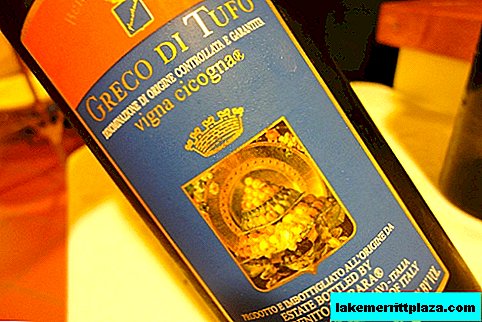
The lion's share of all wines produced in the Campaign is white wines.
Sannio, Taburno and Salopaku wines from the province of Benevento, Neapolitan Campi Flegrei, Salerno Cilento, as well as wines produced on the islands of Capri and Ischia are also famous for the unusually mild weather conditions of these southern islands are ideal for growing the best grape varieties.
Wine festivals are often held in the cities of the Campania region, which are of great interest to tourists: in July, the Aglianico festival is held in Taurasi, and in September the city of Tuffo welcomes guests at the Greco di Tuffo festival.

